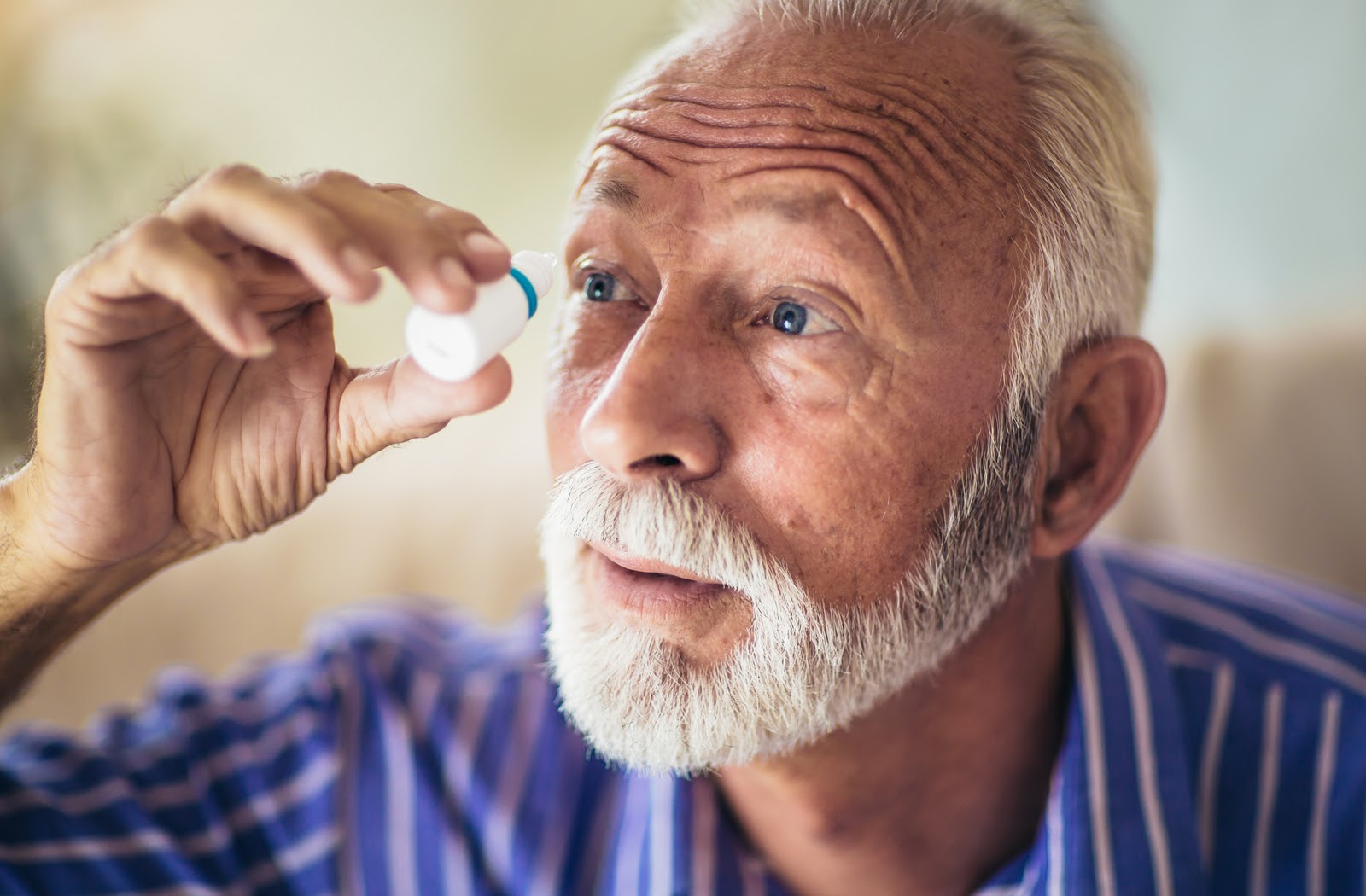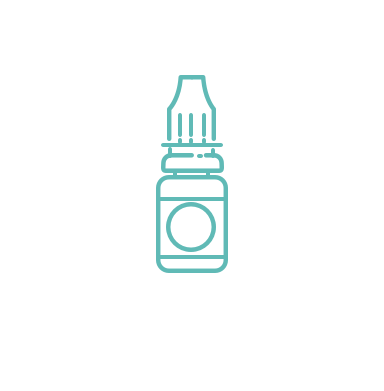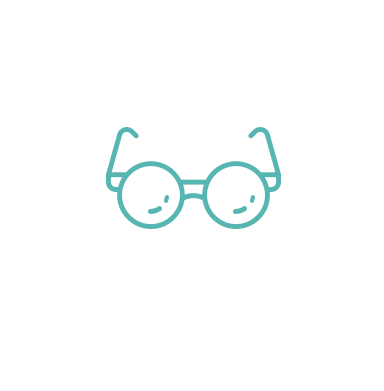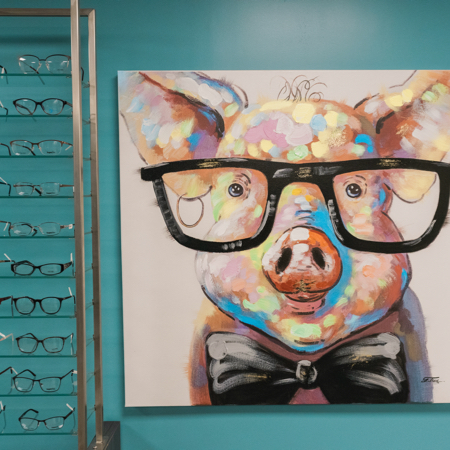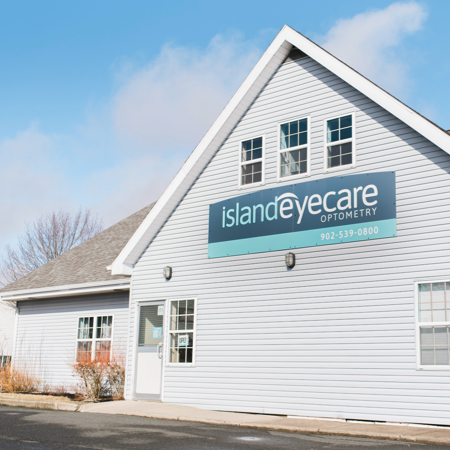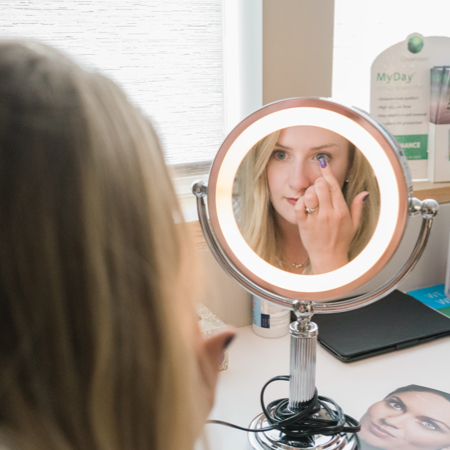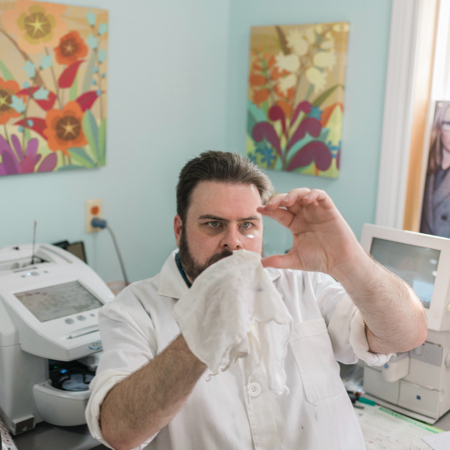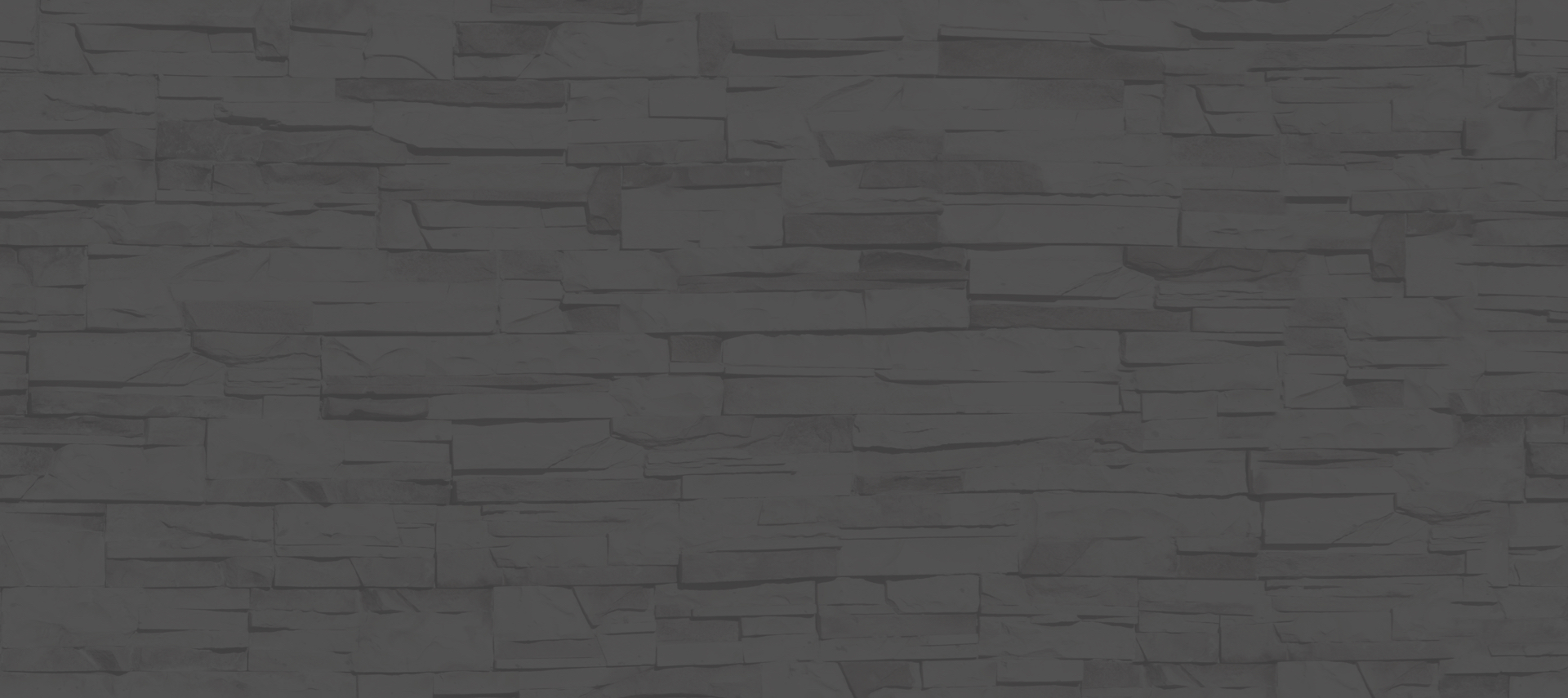Dry eyes are generally uncomfortable, so you’re probably looking for quick relief if you have them. However, as any trained optometrist can tell you, it’s better to weigh potential solutions carefully than it is just to pick one that seems effortless and hope for the best. That’s why eye drops might not always be the best way to get relief for your dry eyes.
That’s not to say eye drops can’t help people with dry eyes, but they’re certainly not the only recourse—and they may not necessarily be the most effective. Learn more about the different methods for managing dry eyes so that you can deal with yours appropriately.
Do Eye Drops Cure Dry Eye?
Dry Eye Causes
Before we can talk about curing dry eyes, we have to talk about what causes them. You might experience dry eyes for one of two reasons. Either:
- A blockage prevents your eyelid’s meibomian glands from releasing the right amount of oil into your tears, which causes them to evaporate too fast, or
- Your eyes cannot produce a regular volume of tears, which may occur for numerous reasons.
In either case, eye drops or artificial tears may help you manage your symptoms. However, over the counter eye drops are unlikely to solve the underlying cause of dry eyes permanently.
When Are Eye Drops a Good Idea?
We recommend using over the counter eye drops to relieve discomfort from some mild to moderate dry eye symptoms, such as:
- A scratchy or gritty sensation in the eye
- Mild stinging or burning
However, artificial tears may not be sufficient to treat other symptoms, including:
- Redness of the skin near the eye
- Increased sensitivity to light
- Blurred vision
If you are experiencing any of the symptoms above to the point where they significantly impact your life, you may wish to treat the root cause of your dry eyes instead of using eye drops for relief.
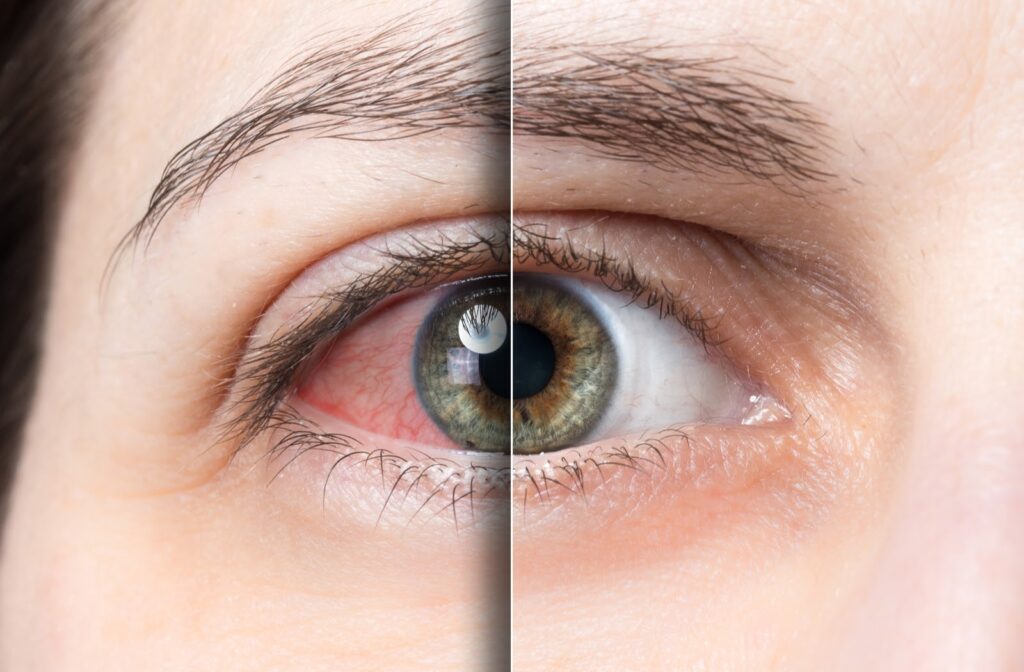
Dealing with Dry Eye for Good
If you want your dry eyes to go away permanently, you’ll probably need to consult your optometrist. Our practice can test you extensively to diagnose the cause of your dry eyes by using the following methods:
Meibography
This type of imaging allows us to visualize your meibomian glands to see whether they are blocked. Meibomian gland dysfunction (MGD) is a leading cause of dry eyes.
Tear Osmolarity
Tear osmolarity tests can reveal the ratio of salt to water in your tears. This test is an effective way to make sure that you are really suffering from dry eyes and not a different condition with similar symptoms.
Measuring the Tear Meniscus
Did you know that there’s a meniscus in each of your eyes? Well, you do now. Measuring the height of this meniscus—called the tear meniscus—can help us estimate the volume of tears your eyes produce. Low tear volume can be a strong indicator for dry eyes.
Non-Invasive Tear Breakup Time
This test helps us determine how long it takes for your cornea to become dry after blinking. Non-invasive tests are generally preferable to those that rely on using fluids or dyes to measure the same data.
What Happens After Testing?
After we’ve tested you to learn more about the reasons for your dry eyes, we’ll help you decide on a course of action to provide lasting and meaningful relief. Our practice offers the following treatments for dry eyes:
- iLux: we use this device to stimulate meibomian glands with gentle heat and pressure.
- E-Eye: this device produces intense regulated pulsed light (or IRPL) to correct meibomian gland dysfunction.
- Lid Pro: a device that exfoliates the margins of your eyelids.
- Restasis: these special immunosuppressant eye drops may be prescribed to some patients with dry eyes.
- i-Relief Mask: a specific type of eye-compress mask that can provide hot or cold therapy.
- Dry Eye Omega 3: using these oil supplements may improve oil production in the eyes.
- i-Med Products: these products include various hydrating eye drops and other topical medications.
- Alcon Products: another brand of eye drops and topical products commonly used for dry eyes.
- Thealoz Duo: preservative-free lubricating eye drops containing trehalose, an all-natural disaccharide.
- Blephadex: special wipes designed for cleaning and moisturizing the eyelids with tea tree oil and coconut oil.
- Cliradex: another brand of towelettes intended for cleaning the eyelids with tea tree oil.
Eye Drops Aren’t the Only Way to Handle Dry Eye
While eye drops can be a useful tool for alleviating mild dry eye symptoms, they won’t work wonders for everybody. It’s always best to book an appointment with your optometrist if you think you might have dry eye, and let them guide you towards an effective strategy for treating them.

